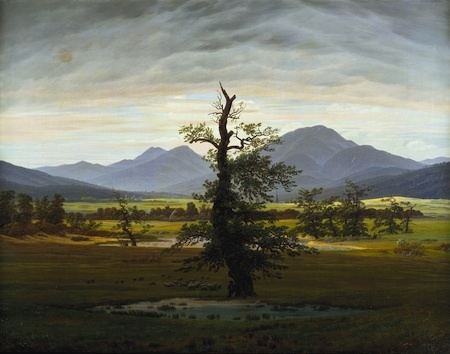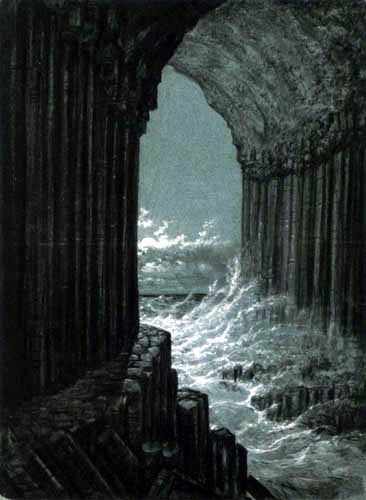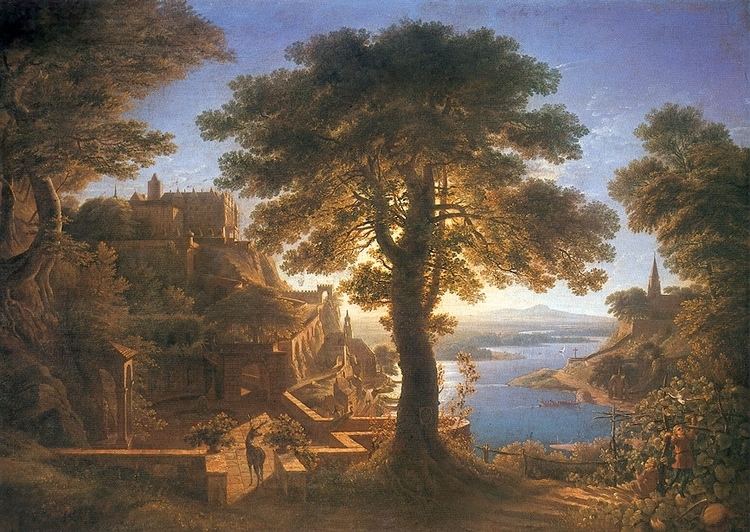 | ||
The romantics nature bbc documentary
German Romanticism was the dominant intellectual movement in the philosophy, the arts, and the culture of German-speaking countries in the late-18th and early 19th centuries. Compared to English Romanticism, German Romanticism developed relatively late, and, in the early years, coincided with Weimar Classicism (1772–1805); in contrast to the seriousness of English Romanticism, the German variety of Romanticism notably valued wit, humour, and beauty.
Contents
- The romantics nature bbc documentary
- Caspar david friedrich 1774 1840 german romantic painter
- Literary and philosophical figures
- Composers
- Visual artists
- Architecture
- Suggested reading
- References
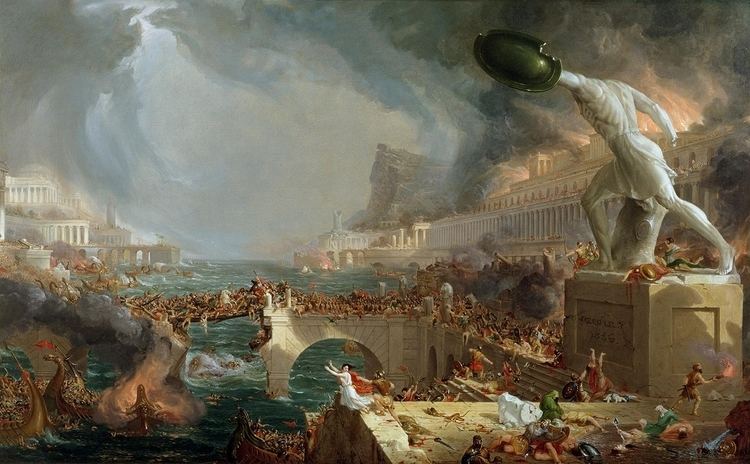
The early German romantics strove to create a new synthesis of art, philosophy, and science, by viewing the Middle Ages (5th–15th c.) as a simpler period of integrated culture; however, the German romantics became aware of the tenuousness of the cultural unity they sought. Late-stage German Romanticism emphasized the tension between the daily world and the irrational and supernatural projections of creative genius. In particular, the critic Heinrich Heine criticized the tendency of the early German romantics for looking to the medieval past for a model of unity in art and society.

Caspar david friedrich 1774 1840 german romantic painter
Literary and philosophical figures
Key figures of German romanticism include:
Composers
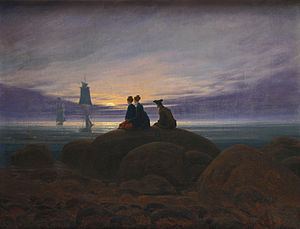
Visual artists
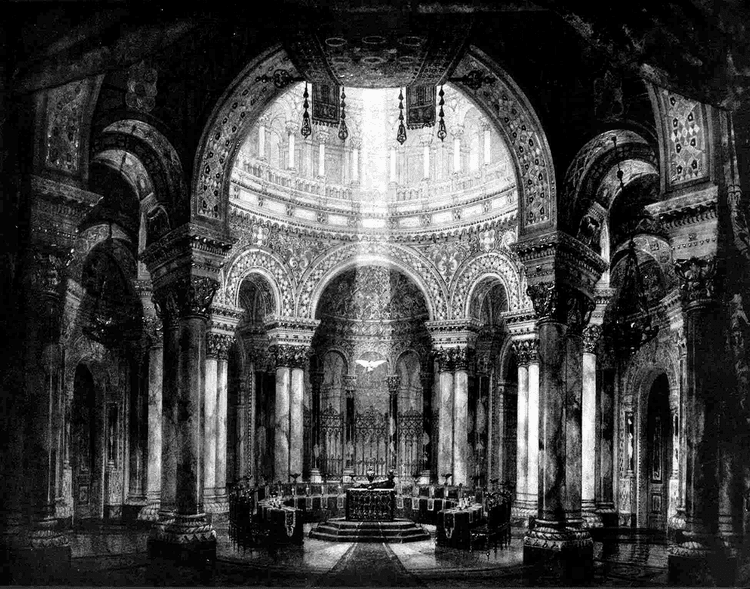
Architecture
Suggested reading
